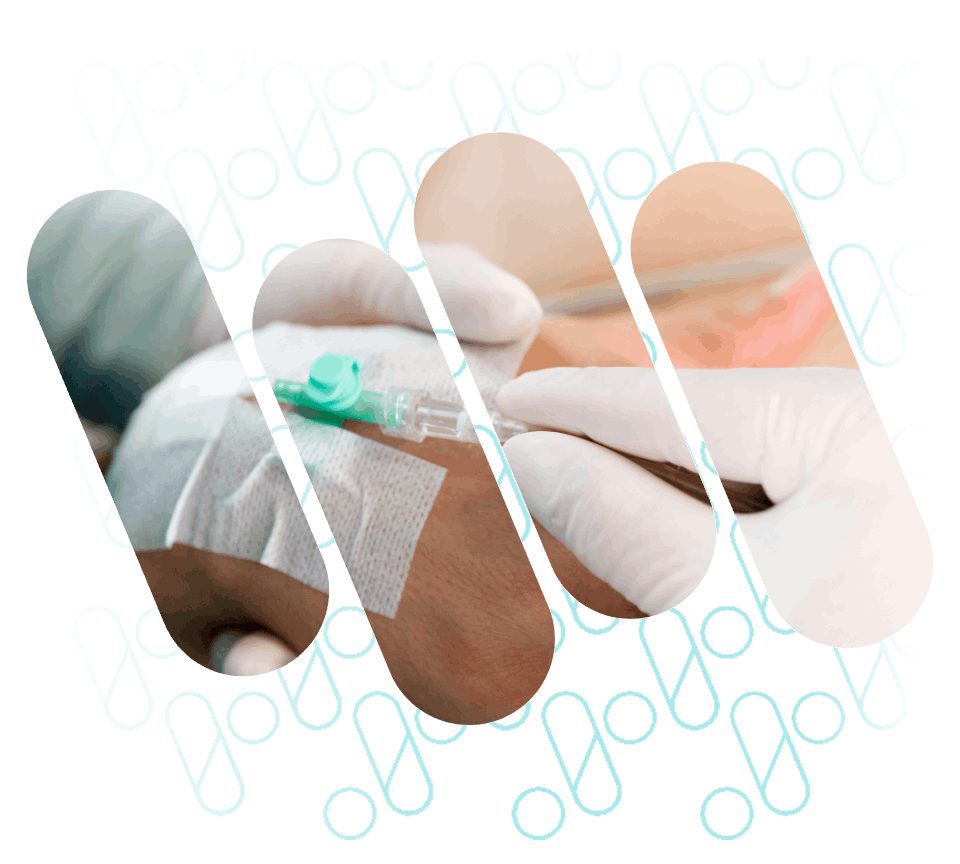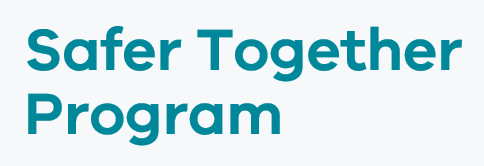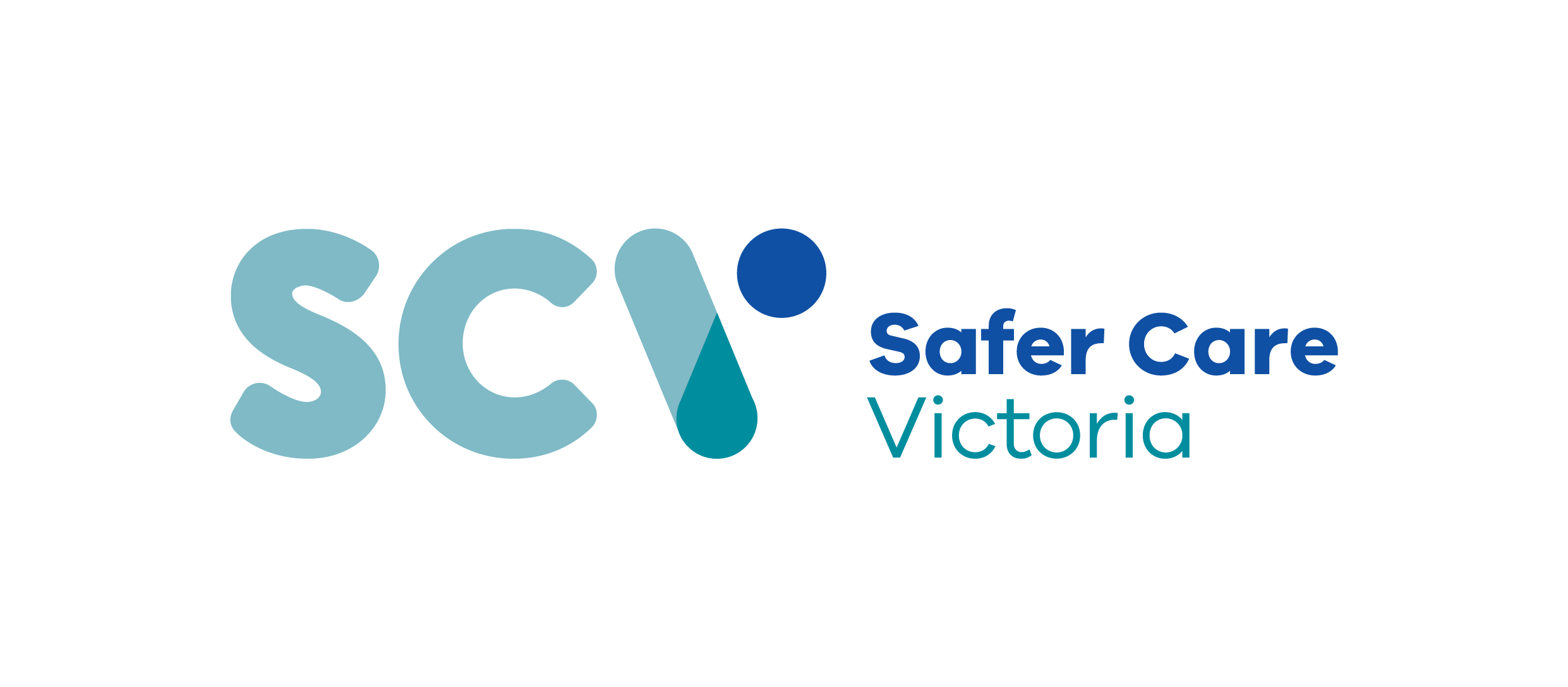About the project
This project aims to reduce overall Staphylococcus aureus bacteraemia (SAB) infections by improving:
- identification of the need for peripheral intravenous cannula (PIVC) insertion
- management of patients with a PIVC in Acute Care.
Reducing this hospital acquired complication and improving management may reduce the length of stay and potentially other complications, while improving patient outcomes and experience.
Objectives
- Reduce variation of care in patients receiving PIVCs in acute care
- Build partnerships and create opportunities for collaboration between regional and metropolitan services
- Promote SCV-developed bundle of care
- Prevent just-in-case cannula insertion, promoting clear indications for PIVC insertion in Acute Care
Background
Staphylococcus aureus bacteraemia (SAB) monitoring and reporting is a requirement for all health services in Victoria. The current Victorian target is 0.7 SAB Infections per 10,000 OBD- this target is inconsistent and variable across the state.
Healthcare-associated infections are frequently attributed to non-adherence with basic Infection prevention principles of hand hygiene and aseptic technique.
SABs are associated with significant morbidity and mortality. Research demonstrates up to 33% healthcare associated SABs are related to complications of PIVCs.
PIVCs are the most common healthcare intervention with more than 60% of In-patients receiving one or more devices. In Emergency Departments (EDs) this increases to 70% with up to 50% not used after initial insertion. Despite a continuing low rate of first-time insertion success, it is still seen as a basic skill, commonly performed by junior staff, increasing the risk of complications, including infection, with each attempt.
Solution design
The intervention design draws on the Australian Commission on Safety and Quality in Healthcare’s PIVC Clinical Care Standard. This standard aims to improve the prevention of infections in patients where a peripheral cannula is inserted, promoting infection prevention and best practice for the procedure.
The project will also leverage a partnership with Monash University, who received an MRFF grant to run an implementation science trial ‘Just say no to the just in case canula’.
Participating health services will collect baseline data informed by the measurement strategy. They will then select a small number of measures and implement and test change ideas to see if they can be adopted or need further refinement.
Project milestones
| Activity | Date |
|---|---|
| Learning session 1 | 1 May 2025 |
| Learning session 2 | 11 June 2025 |
| Learning session 3 | 31 July 2025 |
| Summative event | August |
Participating services
- Albury-Wodonga Health
- Bairnsdale Regional Health Service
- Bass Coast health
- Bendigo Health
- Colac Area Health
- Mallee Tract Health and Community Service
- Peninsula Health
- St Vincents Hospital.
Priority area
This project supports our broader effort to reduce avoidable harm and unnecessary variation in healthcare.



